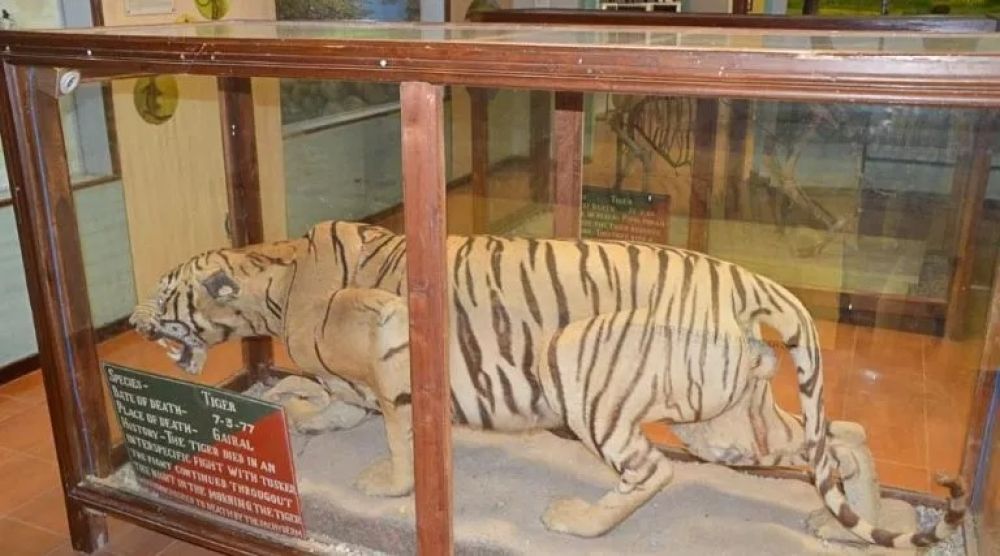

Nestled at the gateway of the renowned Jim Corbett National Park in Uttarakhand, India, the Dhangarhi Museum serves as a portal to the park's history, biodiversity, and conservation efforts. It is an essential stop for visitors before they delve into the wilderness of India's oldest national park, established in 1936 as Hailey National Park and later renamed in honor of the renowned naturalist and photographer, Jim Corbett.
Tourism in Jim Corbett National Park and its Dhangarhi Museum has a legacy that intertwines with the conservation history of Indian wildlife. The museum itself, once the home of the forest rangers, was transformed into a resourceful place where tourists could learn about the park. As ecotourism gained momentum in the late 20th century, the Dhangarhi Museum became an iconic starting point for visitors eager to understand the park's diverse flora and fauna, as well as the efforts to protect them.
The museum showcases an array of exhibits, ranging from preserved animal specimens, such as tigers, leopards, and elephants, to information about the plant species and geography of the region. Tourists can also find a collection of hunting equipment, historical photographs, and narratives of Jim Corbett's wildlife encounters. The displays educate visitors on the importance of wildlife conservation and the delicate relationship between humans and nature.
In recent years, Jim Corbett National Park has seen a shift towards sustainable and responsible tourism. Visitors are now more inclined to participate in experiences that promote conservation and benefit local communities. Birdwatching tours, guided nature walks, and community-based tourism initiatives are gaining popularity. Moreover, the rise of digital technology and social media has made it easier for the Dhangarhi Museum to reach a wider audience, encouraging virtual tours and interactive learning experiences for those unable to visit in person.
To visit the Dhangarhi Museum, tourists typically purchase permits at the museum's entrance gate. The museum's proximity to the Dhikala zone, the most coveted safari area in Jim Corbett National Park, allows tourists to combine their museum visit with a wildlife safari, maximizing their experience in the park. As awareness about conservation grows, visitors to the Dhangarhi Museum come with a readiness to learn and a newfound respect for the habitat they are about to enter.
The combined efforts of the museum and the park authorities have led to heightened awareness and successful conservation initiatives. Notably, Jim Corbett National Park remains a stronghold for the Bengal Tiger, with the museum playing a significant role in educating the public about the importance of protecting this iconic species and its habitat.